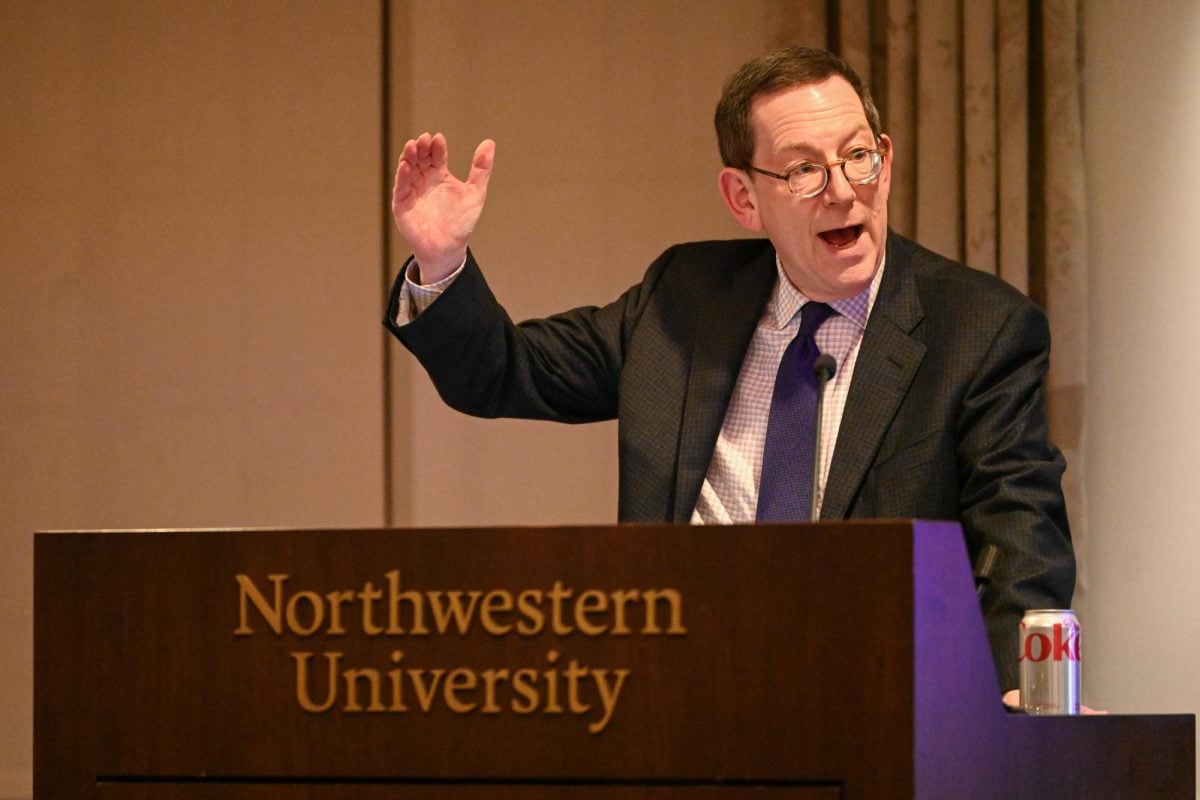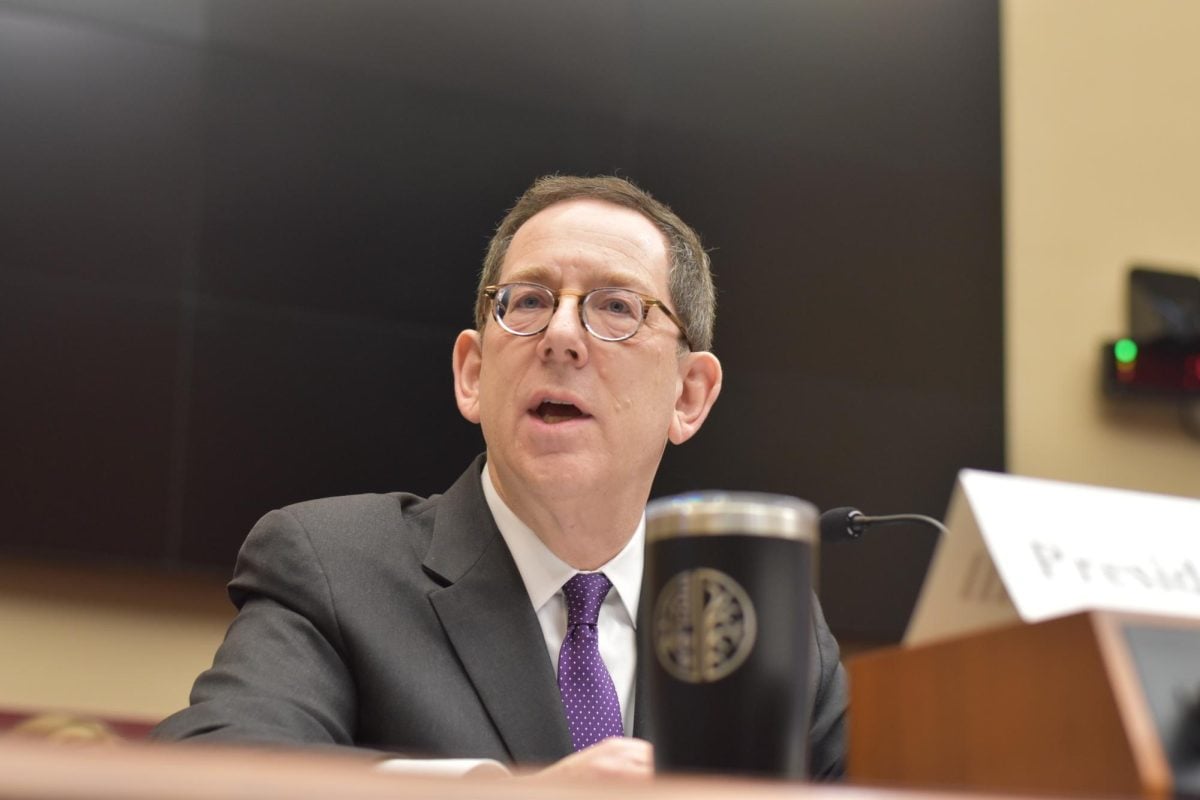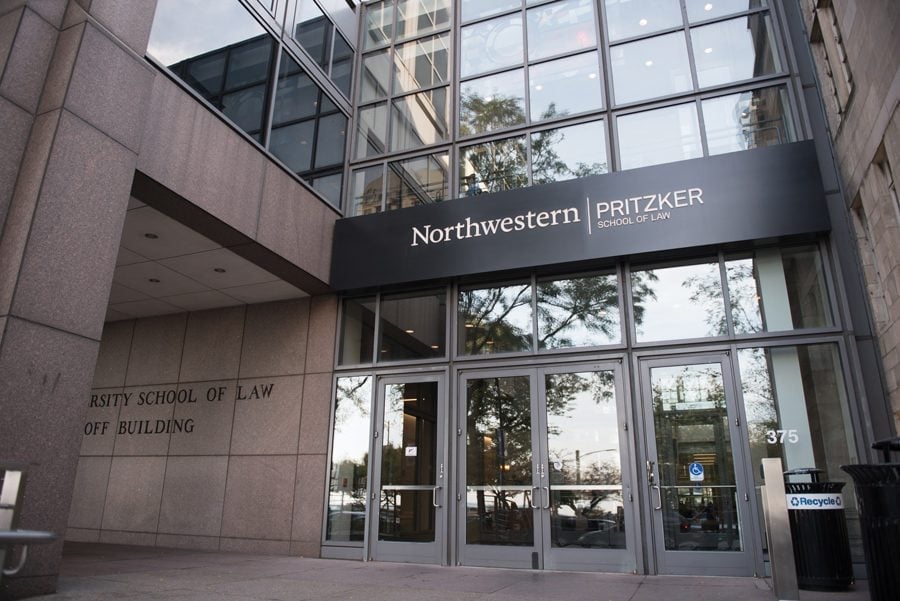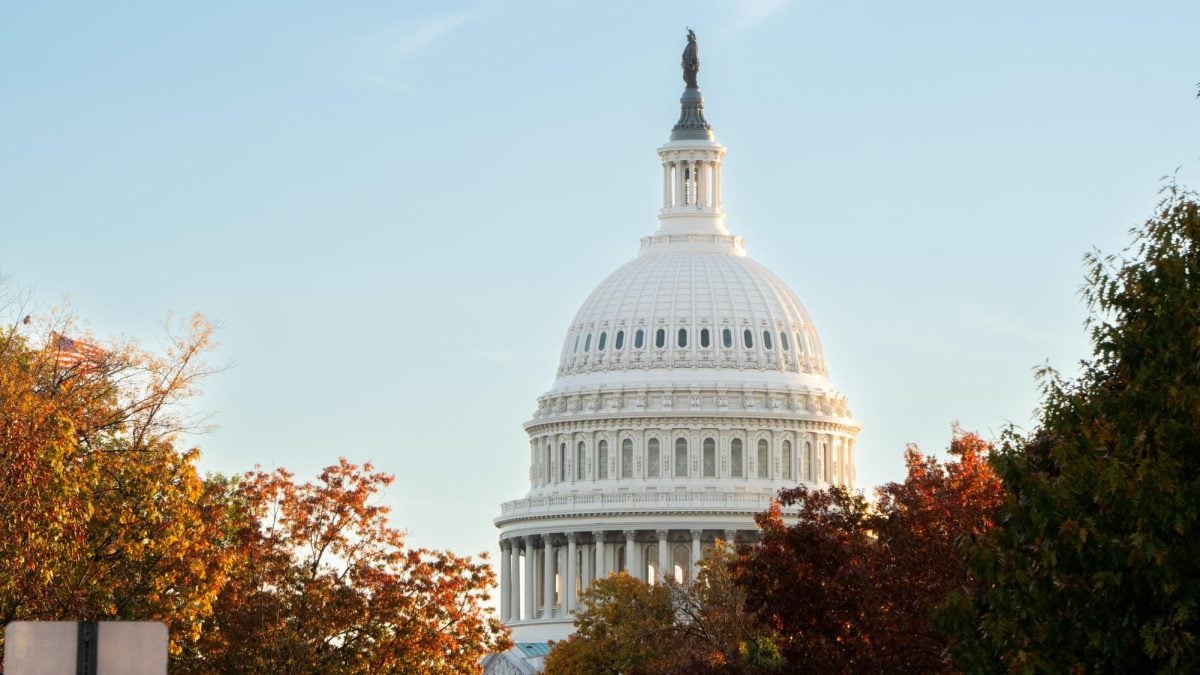Northwestern’s Kellogg School of Management is sponsoring programs to attract female applicants and support current students in an effort to bridge the gender gap in business schools, which was reported in a recent New York Times article .
“It does tend to be harder to find women role models (in business),” said Nicole Staple, a second-year Kellogg student and external relations chair for the Women’s Business Association. “I thinks it’s important to have the conversation and make very conscious decisions about your career choices now.”
Female enrollment in Kellogg’s full-time program has ranged from 32 to 34 percent over the last five years, according to the Kellogg Office of Admissions. Nationally, more women are attending business school than in the past: a study by the Association to Advance Collegiate Schools of Business found women comprised 35.4 percent of students in 2009-10, up nearly 4 percent from five years earlier. Differences in male and female enrollment at business schools are greater than those at law and medical schools, according to a recent New York Times article.
Kellogg has taken an active role in increasing female enrollment. As a Forte Foundation sponsor, the school participates in a career lab and distributes three scholarships to female students each year, said communications specialist Betsy Berger in an email. Kellogg has hosted the Women’s Leadership Workshop for the past five years to help female students pursuing MBAs. For the first time, Kellogg held a Women’s Preview Day specifically for prospective students Oct. 14.
Regardless of this progress, females still constitute around one third of the business school student body. Staple said women may be deterred from pursuing graduate degrees because they fear they can’t care for their families while working.
“At the end of the day, it probably comes down to work life and family balance,” Staple said. “Many women don’t consider an MBA because of job discrimination later on … as you become more senior, I think maybe there is a lack of mentorship and peer role models women can look up to.”
First-year Kellogg student Dan Doverspike said he sees the male-to-female ratio at Kellogg as diverse. Still, he said he understands why women might decide against business school because they want to have children, something his wife, a registered nurse, also dealt with.
“I think part of it may be the return on investment,” Doverspike said. “Let’s say you graduate from Kellogg at 31. You have about four years to have kids. It’s just an added risk.”
For women that do decide to attend Kellogg, the WBA offers programming including career advising and social events for prospective students, current students and alumni, Staple said. Staple said she doesn’t notice the gender gap on a daily basis, but said this may be because the WBA is a visible organization as one of the largest clubs on campus. Moreover, she said the male-to-female ratio at Kellogg is reflective of business schools in general.
“I personally came from a male-dominated industry – I worked in finance before – so I guess it was an environment I was used to,” she said. “With that said, I think the WBA does play an interesting and important role in providing guidance.”
Efforts to step up female enrollment haven’t gone unnoticed by students. First-year Kellogg student Jaewon Kim said unequal enrollment points to problems on the application, not admissions, side.
“The admissions office is trying really hard to match the rating, but … for some reason, more males tend to apply and be successful in business schools,” Kim said. “There are less females applying, so less are admitted.”
Kim is in NU’s JD-MBA program, meaning she spent her first year as a graduate student in law school. The number of males to females studying to become lawyers, Kim said, is more equal. Women made up 47.2 percent of J.D. students in the 2009-10 academic year, according to a report by the American Bar Association.
“I can kind of sense the difference between the two schools,” she said. “Of course, female students do have leadership roles (at Kellogg), but compared to law school, men tend to have more.”
Despite these discrepancies, Staple said she has seen change in both business school and in the working world. She said the WBA, happy with the creation of Women’s Preview Day, is working on engaging alumni more to network with prospective students and strengthening relations among current students through formal gatherings. As more women enter business school, corporations offer resources for women, she said.
“When women reach the stage that they’re starting to make family decisions, they tend to drop out of the promotion pool,” Staple said. “What’s changing is that companies are becoming more flexible and supportive of those decisions.”






